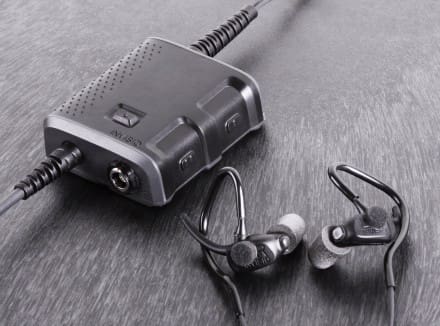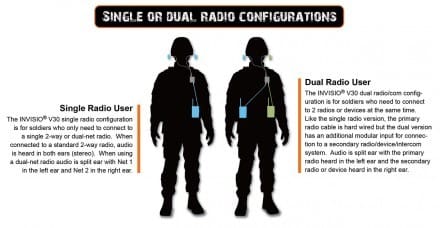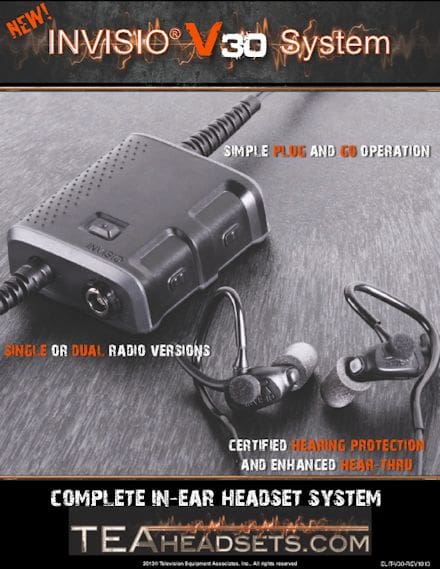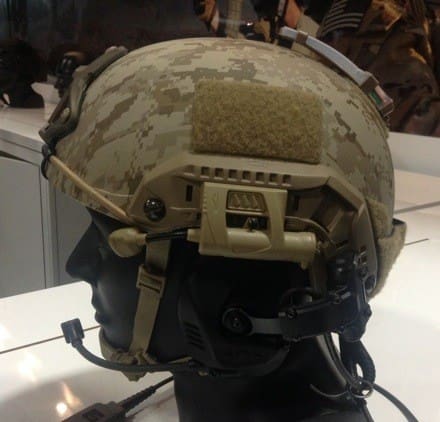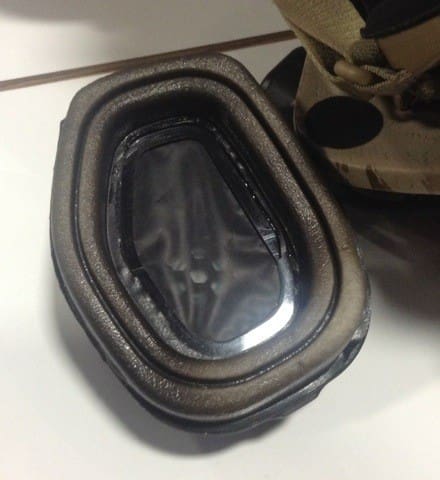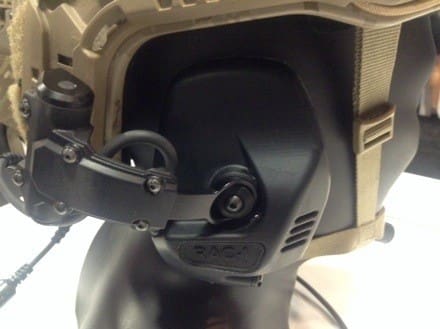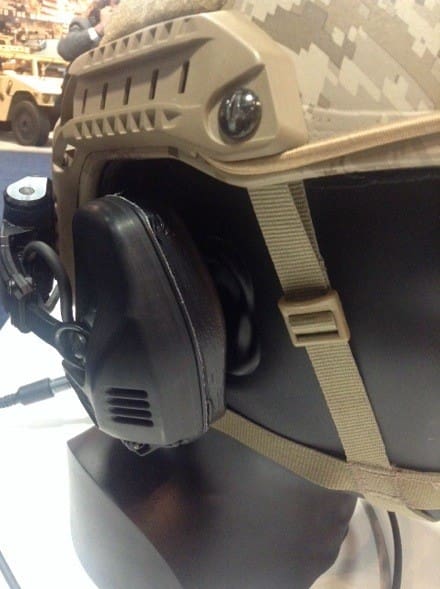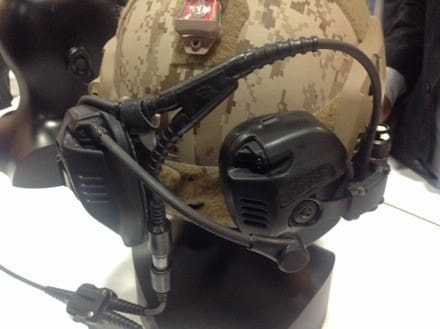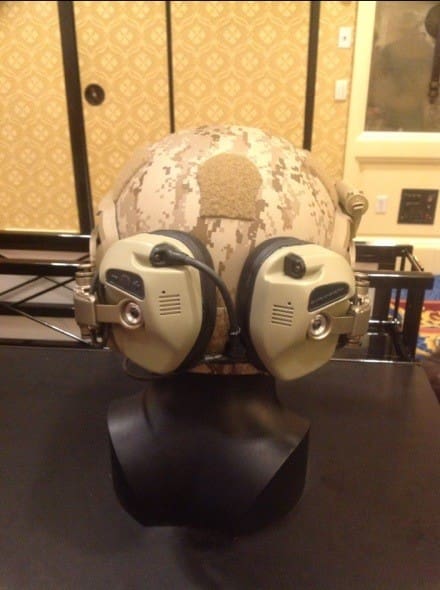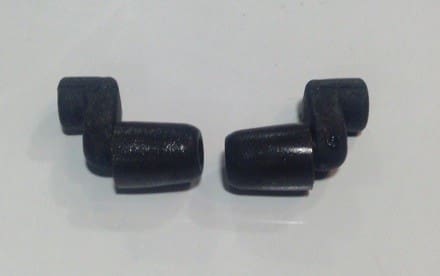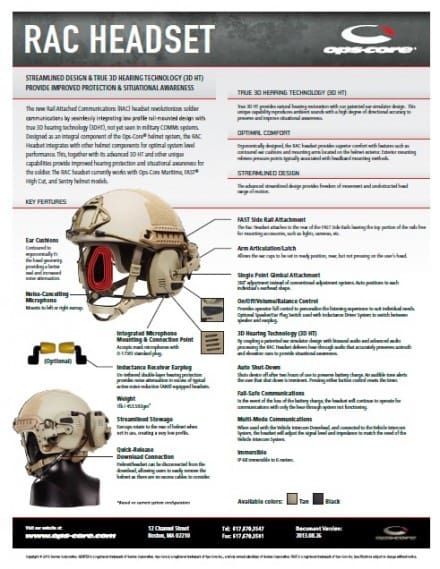Silynx Communications, Inc., makers of the CLARUS and C4OPS, is seeking to fill a new position on their business development team. This is a full-time position. Domestic and international travel required. Location of position to be determined, preference for Washington, DC area.
Description: Business Development Sales Associate
Business Development Sales Associate Job Purpose: Builds market position by locating, developing, defining, negotiating, and closing sales with business relationships.
Business Development Job Duties Include (but are not limited to):
•Reach and maintain proficiency related to all aspects (e.g. technical, functional) of Silynx products.
•Generate sales leads and expand market presence, with initial focus on the military and law enforcement branches.
•Build long-term productive partnerships based on mutual benefits.
•Proactively locate or propose potential business deals by contacting potential partners, discovering and exploring opportunities.
•Screen potential business deal requirements, potential, and financials; evaluate options; resolve internal priorities.
•Develop negotiating strategies and positions by studying integration of new venture with company strategies and operations, examining risks and potentials, and estimating partners’ needs and goals.
•Close new business deals by coordinating requirements, developing and negotiating contracts, integrating contract requirements with business operations.
•Protect organization’s value by keeping information confidential and always acting, reacting, and communicating professionally.
•Update job knowledge by participating in educational opportunities, reading professional publications, maintaining personal networks, and participating in professional organizations.
•Provide weekly and monthly written reports of all activities, or as requested.
•Contribute time and efforts to all marketing tasks and needs, as requested.
Skills/Qualifications: Closing Skills, Motivation for Sales, Prospecting Skills, Sales Planning, Selling to Customer Needs, Territory Management, Market Knowledge, Presentation Skills, Meeting Sales Goals, Professionalism, Attention to Detail, Proactive and Self Motivated.
Only applications submitted by email will be considered.
Please include your resume with salary history.
If you meet the minimum qualifications, you will be contacted to further the application process.
No phone calls, outside agencies, or recruiters.
Send resumes to: careers@silynxcom.com


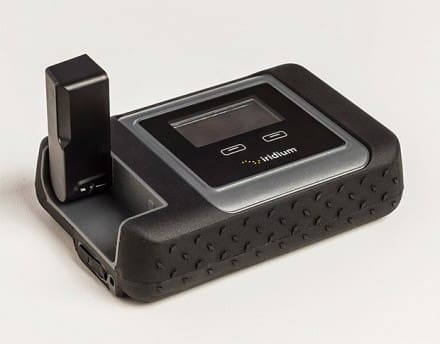
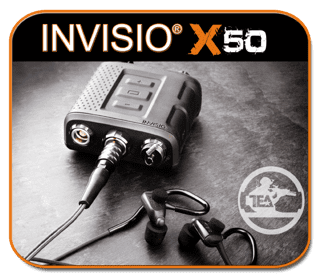
![Silynx CLARUS[1]](https://soldiersystems.net/wp-content/uploads/2013/12/Silynx-CLARUS1-440x308.jpg)
